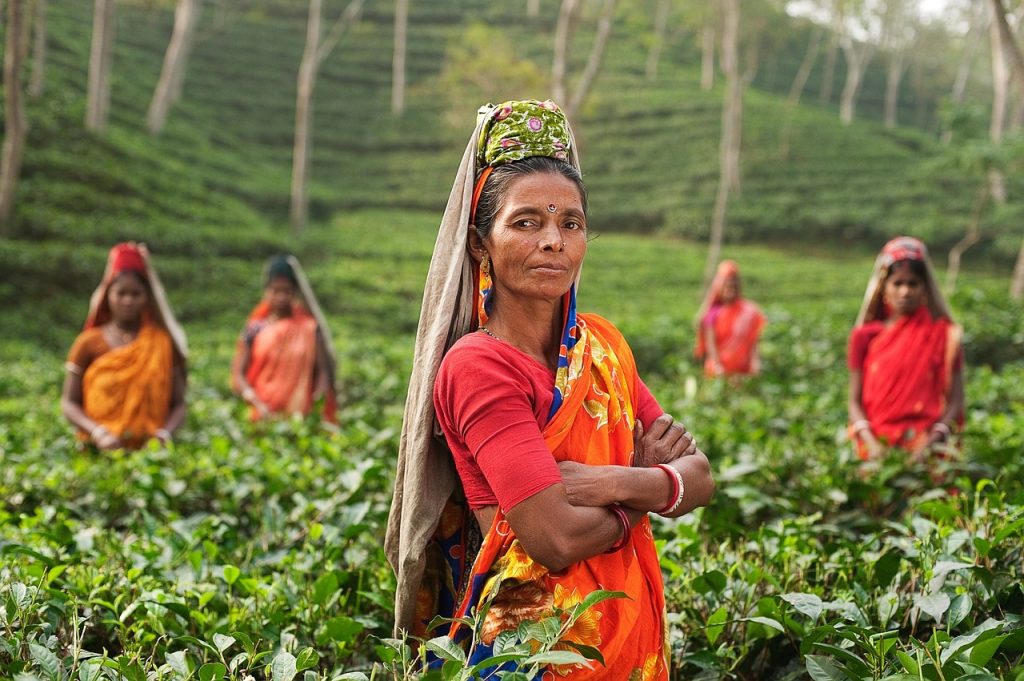Potential for exports to India
Thanks to its large and rapidly expanding middle class, rising disposable incomes and shifting consumption patterns toward higher-value agricultural commodities, India offers promising export growth prospects.
It has one of the world’s fastest growing large economies and, by some estimates, is projected to become the world’s third largest economy by 2025.
It is also one of the youngest countries in the world, with a median age of 27.6 years, and its population of 1.27 billion makes it the world’s second most populous country after China.
Furthermore, its modern retail sector is expanding, food processors want access to a global supply chain, and food service chefs want to innovate and attract young and higher income consumers who are ready to try new products and global cuisines.
But exporters hoping to tap this potential should start small and comply with specific labeling and packaging requirements – that’s also among the advice in a new GAIN exporter guide to India.
Food purchasing behaviour changing
While the vast majority of Indians hold to traditional food purchasing behaviors, changes are being seen, particularly for upper income consumers, with the emergence of cafes, fast food restaurants, supermarkets, processed foods, larger refrigerators, 24-hour television food channels, easier access to imported foods, women working outside the home, and the introduction of foreign cuisines, the report says.
Imported food items often spotted in retail stores include dry fruits and nuts, cakes and cake mixes, chocolates and chocolate syrups, seasonings, biscuits/cookies, canned/packaged fruit juices, canned soups, pastas/noodles and sauces, popcorn, potato chips, canned fish and vegetables, ketchup and other sauces, breakfast cereals, fresh and dried berries like cranberries and blueberries, as well as fresh fruits such as apples, pears, grapes and kiwis.
In nominal terms, the total spend on food rose 64% over 2009-2014 to an estimated $365 billion.
Despite much ado in the media about the rise of the India’s middle class, in reality incomes in India continue to be quite low, and it is generally considered that opportunities for value-added imported foods are currently limited to higher income consumers in large metros and emerging city markets.
Products with the best prospects
Among products listed in the report as having good sales potential in India are table grapes, apples and pears.
In the case of fresh or dried grapes, it says imports grew 21% in value over five years to reach a total of $66 million in 2015 from a volume of 202,259 tons.
Constraints on market development for grapes are listed as competition from domestic and foreign suppliers, such as China, Afghanistan and Peru. But in terms of market attractiveness for the US, it observes that there are “seasonal shortages and high prices, diverse fruits among India’s middle income population and growing retail industry.”
As for fresh apples, pears and quinces, there’s been 10% growth to a value of $236 million and 215,676 tons in 2015.
On the minus side for American exporters of these products are the competition from domestic and foreign suppliers, like China, Chile and New Zealand. But once again on the plus side are the fact that there are “seasonal shortages and high prices, increasing interest in quality fruits and growth of organized retail.”
Distribution challenges: Refrigerated warehousing and transportation facilities are limited and costly, but improving
India has a coastline of 7,600 kilometers and is serviced by 13 major ports in Kandla, Mumbai, Mundra, Cochin, Murmagoa, and New Mangalore on the west coast, and Chennai, Tuticorin, Vishakhapatnam, Paradeep, Ennore and Kolkata on the east coast, the report says.
Container handling facilities are available at most major ports and in several major cities. Mumbai, followed by Chennai, is India’s largest container port and the port where most containerized food enters India. Air shipments typically land at the Mumbai or Delhi airports.
Freezer and refrigeration facilities at the Mumbai and Delhi airport are limited and present a challenge for importers seeking to clear high-value food products with a short shelf life.
Richard Wilkinson




